B2B Industry
SaaS Conversion Rate Benchmarks - Is Yours Above the Mark?

Dania Alvarado
Dania Alvarado | Oct 24, 2018 | 8 MIN READ
Oct 24, 2018 8 MIN READ

Hey! How is your SaaS going? Are you achieving your conversion goals? As you know, every company has different goals, and the conversion rate benchmark changes with each industry.
We know that you work so hard building a stronger audience and it can happen that at any point of the process, you could feel overwhelmed with all things around you.
But at this moment, you only need a point of reference and must concentrate all your efforts to get there. If you want to know what this point is, keep reading.
First of all, what industry does your SaaS belong to? If you don’t know or you’re not sure, we'll show you the different SaaS industries that exist so you can analyze which one belongs to your company. Then, you’ll know what your conversion rate benchmark should be.
1. Professional or financial services
This category of Saas describes solutions utilized by various industries involved directly with money matters.
These products help financial services providers perform their basic job duties, stay compliant with regulations, and provide optimum assistance to clients.
The platforms included in this category can provide various features of broader software categories such as HR, Accounting & Finance.
2. Media or publishing
The media and publishing industry is an evolving one, this kind of service helps to connect all customer data and efficiently interrogate those data, to be able to uncover insights that drive subscription rates, click-throughs, referrals, and more.
A good example is Adobe. It owns 60 computer software products in digital media and marketing, printing, and publishing.
It was ranked 86 in market presence and 92 in satisfaction, leaving it with an overall score of 91.
3. Education or Healthcare
The Educational Services industry provides instruction and training in a wide variety of subjects.
This instruction and training are provided by specialized establishments, such as schools, colleges, universities, and training centers.
The Health Care industry offers healthcare for individuals. The services provided by establishments in this sector are delivered by trained professionals.
4. E-commerce
E-commerce refers to commercial transactions conducted online. This means that whenever you buy and sell something using the Internet, you’re involved in e-commerce.
A good example of this industry is Shopify, it’s an e-commerce platform for online stores and retail POS.
5. Human resources
These SaaS companies can offer tools to track employee hours, manage payroll, schedule, and manage the hiring process.
6. Data Management
SaaS products can help analyze and secure a company’s data. For example Survey Monkey.
SurveyMonkey owns nine products. Its main product is an online survey developer tool that allows for data analysis and representation.
7. Accounting and Invoicing
Some SaaS companies focus on billing and invoicing services. Others offer a full range of financial tracking and reporting services.
8. Project management
The software can help collaborators communicate and stay on track.
Slack, for example, is one of the project management tools that we use with our clients. It's a collaboration and chat tool allowing internal messaging, video conferencing, and productivity bots.
How to Calculate Your Conversion Rate
Depending on your business goals, “conversion” can be any measurable action you expected from your target, here’s a list of the most common types of conversions:
- -Fill out a form on a landing page
- Making a purchase
- Signing up for a subscription (either paid or free—like subscribing to your blog)
- Downloading something (Ebook, Guide, checklist)
- Registering on the site
- Upgrading their service
- Engage with your brand on social media (likes, share something, comment on a post)
- Start a Free Trial
There are other conversion actions that you can take into account but it is just an idea of what conversion is.
So, how will you calculate your conversion rate? All you have to do is divide the number of conversions you get in a given time frame by the total number of interactions that can be tracked to conversion and multiply it by 100%.
Conversion rate = (conversions / total visitors) * 100%
For example, imagine that you want to know your website conversion rate so, your site had 15,495 visitors last month and 2,205 people registered. Let’s see the formula:
Conversion rate = (2,205 / 15,495) * 100%
Your website conversion rate is 14.23% so, depending on your industry, this data can mean you need extra effort or that you’re in the right way.
Website Conversion Rate
Now you know which are the different industries and how to calculate your conversion rate, it’s time to check the data.
How should you interpret this data? For example, if you are in the business of financial services and your average conversion rate is at 6%, you know you have some work to do to get a 10% or at least, to be close to this benchmark.
If you do not see your industry in the data above, choose one that is closely related to yours.
If none of the industries closely relate, match your conversion rates to the B2C/B2B rates listed above.
Average Landing Page Lead Conversion Rates By Industry
To compare conversion rates more accurately, review conversion rate data from your industry. This will give you a better idea of how you are comparing with businesses similar to yours.
Unbounce analyzed the behavior of 74,551,421 visitors to 64,284 lead-generation landing pages created on its platform in 10 top industries.
The data below shows the results of Unbounce’s analysis and lists the median conversion rate and the top rates in each industry.

You can set the median conversion rate for your landing page as your first goal. This number should be your goal at a minimum.
Once you reach that goal, try to reach the top conversion rate and even higher by testing. Visual website optimizer is a good tool if you want to compare two versions of your homepage or your landing page.
There is no limit to how high you can go but you can use these numbers as a starting point to see how well you compare to others in your industry.
Email Conversion Rate
Emails still being one of the marketing channels most effective and that allows you to establish a direct relationship with your customers. So, it’s important as a marketer to know how to create email campaigns that convert and how your email marketing results compare to your competitors and other businesses in your industry.
Before getting into the data and statistics, let’s discuss some factors you need to know to understand the chart below.
First, how to calculate your email conversion rate? In essence, is the same formula you see above [conversion rate = (conversions / total visitors) * 100%] but in this case, we have to replace total visitors with the number of delivered emails, so the formula looks like this:
Email conversion rate = (Conversions / Number of Delivered Emails) * 100
Be sure to use the correct number for delivered emails. Delivered emails are the number of emails sent minus those that bounced.
For example, you sent 365 emails in your campaign, out of those 365 emails, 11 bounced, then the total number of delivered emails is 354. If out of those 354 emails, 85 subscribers complete the goal you had for the campaign (make a purchase, click your CTA) it means your number of conversions is 85. What is your conversion rate?
Email conversion rate = (85 / 354) * 100
Your email conversion rate is 24.01%. Got it?
Great! Now let’s see the difference between Open Rate and Click-Through rate.
Open rate: This number shows what percentage of your audience opens the emails you send them. According to Mailchimp, the average open rate for all industries is 21.33%.
Click-Through Rate: is the percentage of individuals viewing a web page (in this case your emails) who click on a specific advertisement that appears on the page.
To calculate the average industry benchmarks, Mailchimp tracked email campaigns scanned over hundreds of millions of emails delivered through their systems and these were the results:
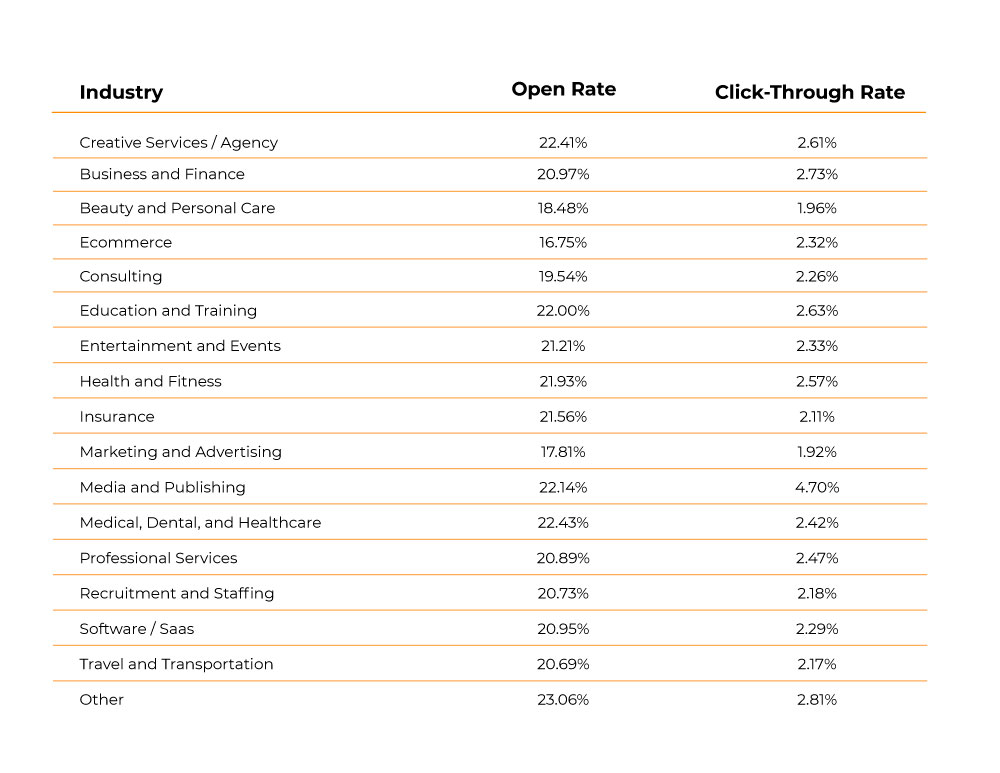 If you want to improve your open rate and click-through rate this data might help you:
If you want to improve your open rate and click-through rate this data might help you:
- The best day with the highest email open rates: is Tuesday (18.3%)
- The worst day with the lowest email open rates: Saturday (17.5%)
- Best days with the highest click-through rates: Sunday, Monday, Tuesday, Thursday, and Friday (2.6%)
- Worst days with lowest click-through rates: Wednesday and Saturday (2.5%)
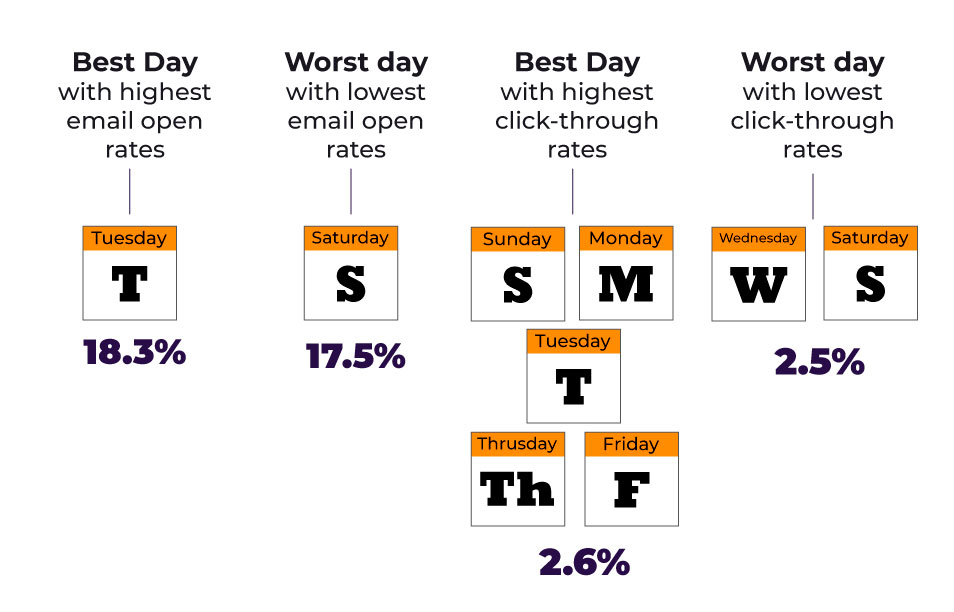
CTAs In your Content
We already have talked about how vital call to action (CTAs) are in a conversion strategy. No matter what channels you utilize, from email marketing to social media to print advertising, the call to action often leads to a website where an actual conversion, generating a lead or completing a sale, occurs.
Each CTA also comes with its own tracking code, so we can measure the success of each article we create.
The average Click-Through Rate for a call-to-action element is 4.23 percent across all industries.
The following chart reveals the average overall, average minus top & bottom (+/-), and average median click-through rates.
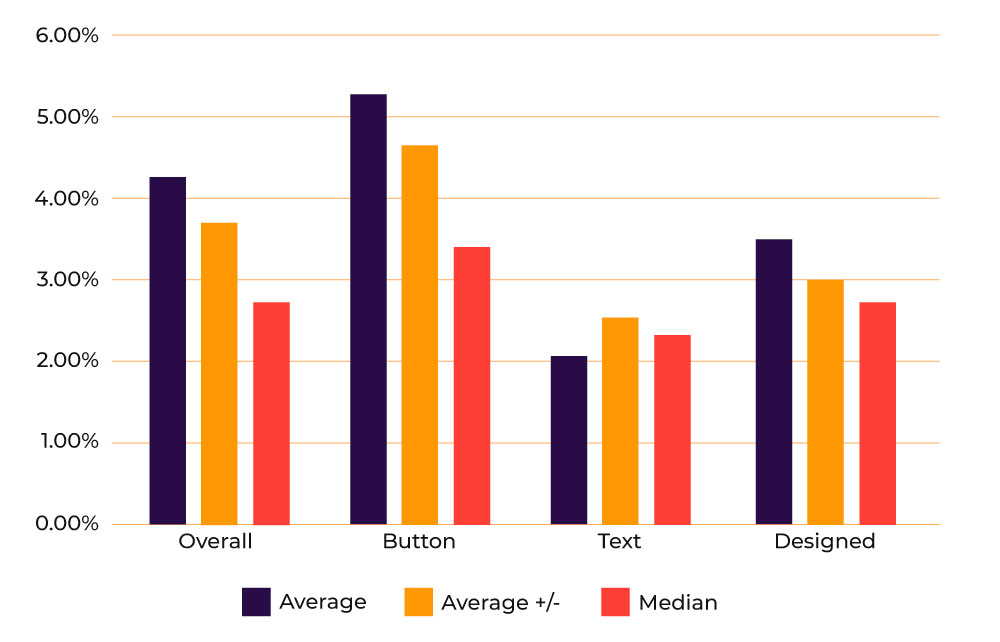
Breaking that down by CTA type, we see the following:
-Button – 5.31 percent average click-through
-Text – 2.06 percent average click-through
-Designed – 3.53 percent average click-through
Now you have all this data, use it to measure your success. Go ahead and achieve your conversion rate goals!
TABLE OF CONTENTS
Stay Updated with Our
Latest Posts
Subscribe now to receive the freshest content, insights, and updates directly in your inbox.



2024 © The Orange Box Agency – All rights reserved

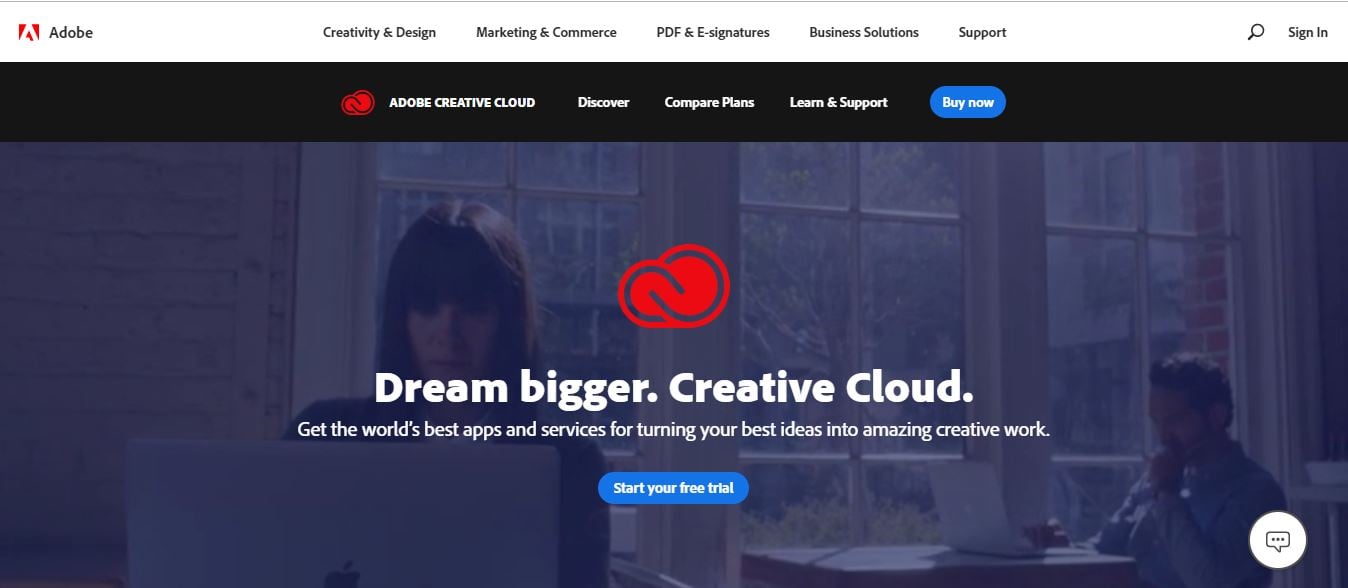
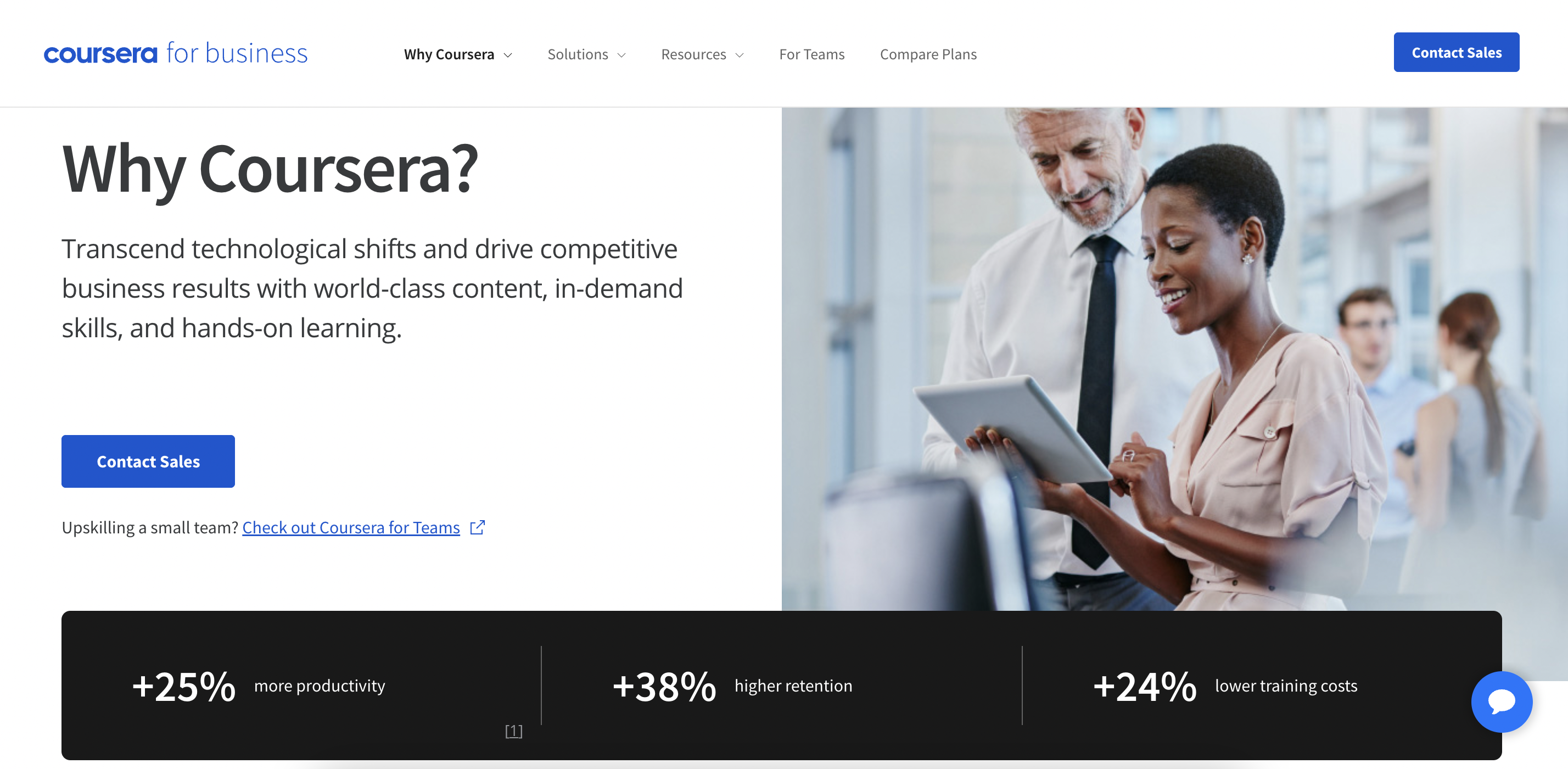
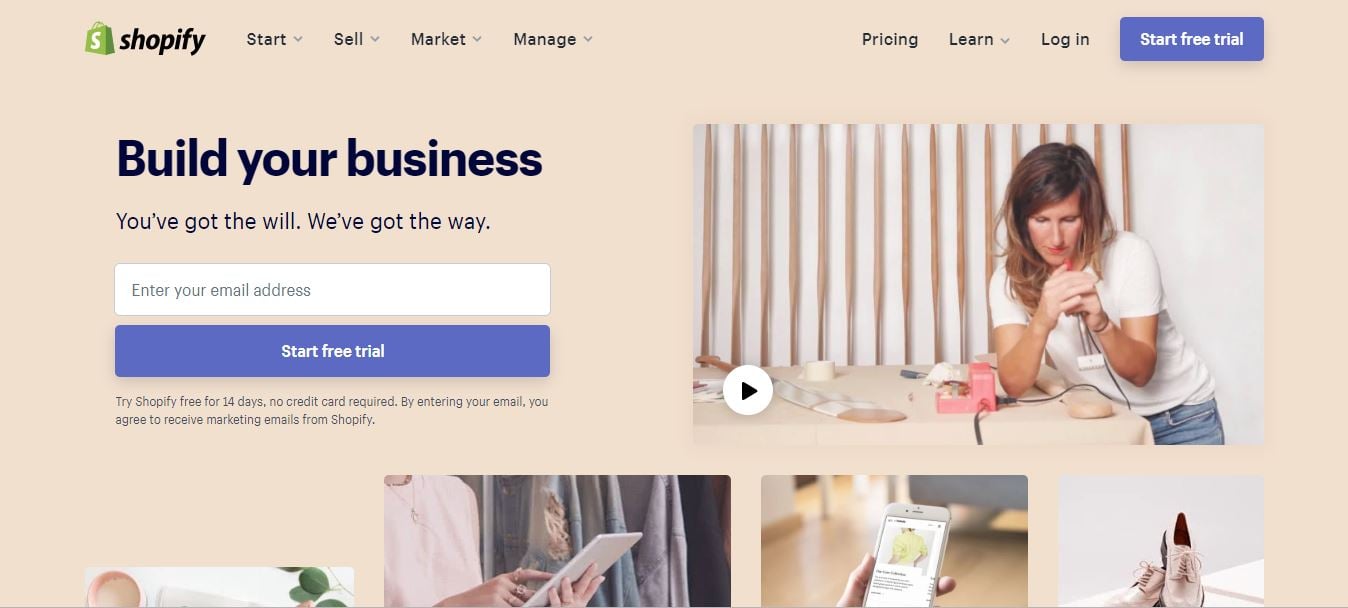
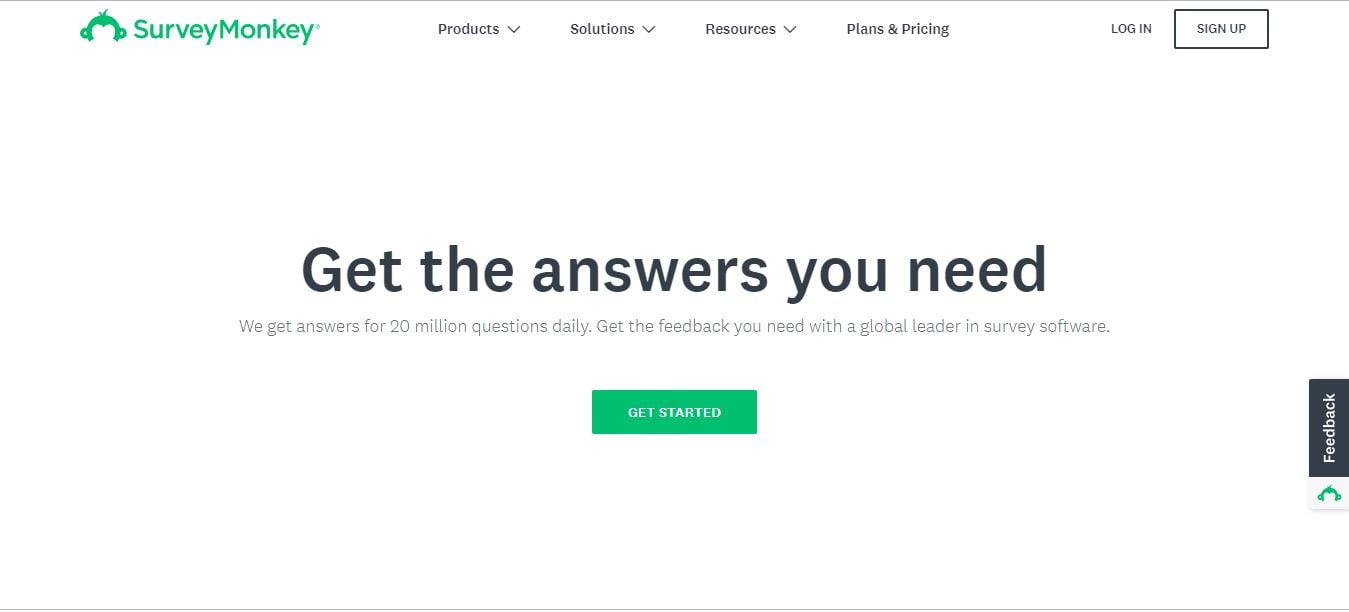
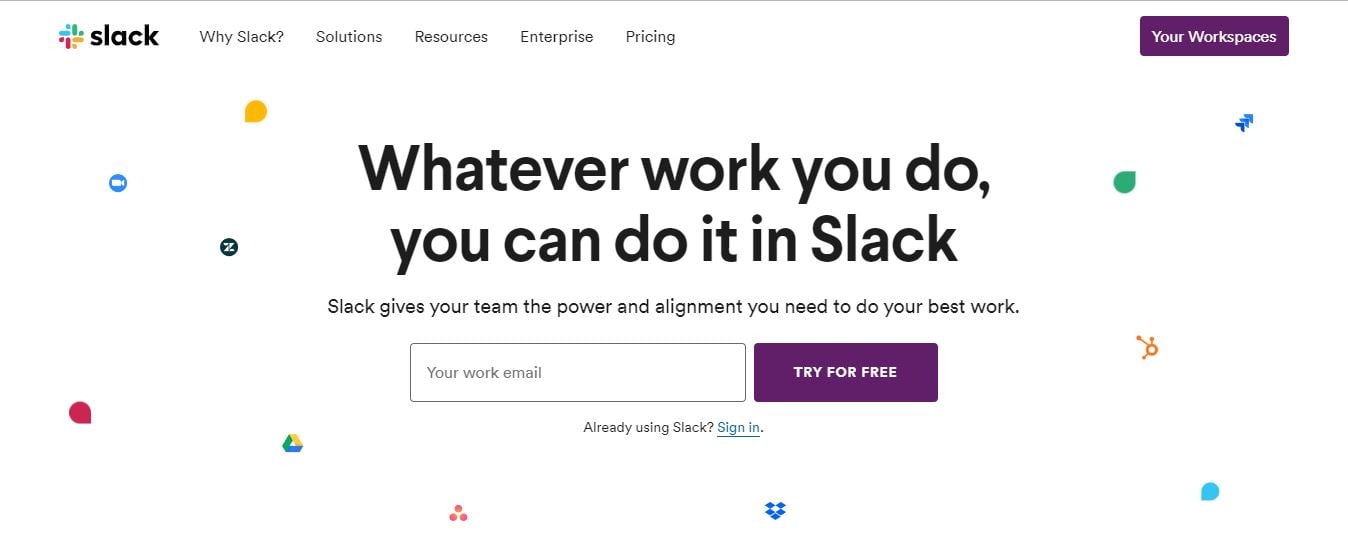


.png?width=90&height=90&name=facebook%20(1).png)
.png?width=94&height=96&name=Vector%20(1).png)